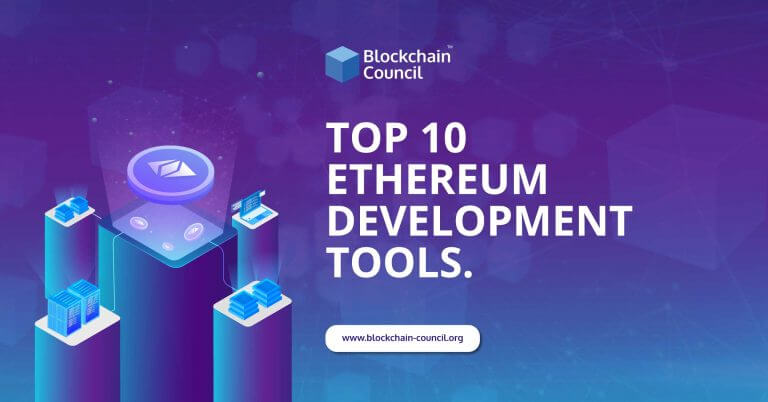
- Toshendra Kumar Sharma
- October 31, 2019
Ethereum is a decentralized global platform, and the value of Ethereum lies in the fact that it enables one to write codes to control money and build applications that can be accessed from anywhere in the world. Ethereum is an open software platform that is based on the principles of blockchain technology. The main advantage of Ethereum is that it allows developers to build and deploy decentralized applications. Ethereum helps developers create operations based on their needs, and this means that developers can build thousands of different applications.
In this article, we will be discussing the best Ethereum development tools. Though the exact toolset you need will differ depending on the specific blockchain you are looking at, most of the development tools are compatible with Ethereum, and hence we analyze the various development tools used on the Ethereum platform. Another reason for choosing Ethereum is because it is one of the oldest and well-established platforms that aid in building decentralized applications (DApps).
Top 10 Ethereum Development tools
Though there are umpteen numbers of development tools available in the market, we will look at some of the most prominent ones.
1.Remix
It is a debugging and compiler tool. It is one of the best blockchain tools for beginners because it allows one to debug the code right then and there when they are doing the coding. It comprises of a compiler that takes the Solidity code for the smart contract and formats it so that it can be read by the Ethereum Virtual Machine (EVM). The interface is set up in such a way that you can key in your code on one side of the screen, and you can view the deployment of the code in the blockchain, on the other side of the screen. It can be used on the browser and can also be installed on the screen.
2. Truffle
Truffle is a very popular and widely used blockchain development tool that is also known by other names such as BitGo and Shapeshift. Truffle is an Integrated Development Environment (IDE). An IDE is a framework for developing and deploying DApps. It offers many features for developers such as:
- Contract compilation and deployment.
- Automated contract code testing.
- An interactive console to work with the built contracts.
- An external script runner that works with the contracts that are included.
3. Solidity
Solidity is the main programming language that is used to build smart contracts on the Ethereum blockchain. It is a high-level programming language that looks similar to Python, C++, and JavaScript. It is a contract-oriented programming language meaning that smart contracts are vested with the responsibility of storing all the programming logic that transacts with the blockchain. It was designed in such a manner that it is easy to learn for developers who are familiar with contemporary programming languages. Its syntax can be compared to that of JavaScript, and the concepts used in it are similar to that of the C language.
4. Ganache
This is another tool from the Truffle suite. This will allow you to create your own private Ethereum blockchain to test your DApp. It is a personal blockchain tool for Ethereum development that will allow you to develop applications, run tests, and deploy contracts. Ganache is available for Max, Windows, and Linux. It is available both as a command-line tool and as a desktop application. Using Ganache will allow one to do as much testing as they want without paying any gas costs. It allows one to manipulate the mining speed and gas costs within the testing environment to play out different scenarios for smart contract transactions.
5. Ether.js
It is an alternative to web3.js and is a front to back end library. It is the most common library for the decentralized applications of Ethereum. The features it offers are beyond the ones offered by web3.js, and they are:
- Compressed size of only 77 kb.
- Licensed by MIT.
- Instead of a contract address, an ENS name can be entered, that is in a simpler format and provides lesser room for typing errors.
- It separates blockchain management and key interaction, thus providing more flexibility for developers.
It was originally developed for use with Ethers.io. But it has now grown and has become more general-purpose in scope.
6. Metamask
It is a wallet that functions as a browser extension. Metamask can be used for storing the keys for the Ether and ERC20 tokens. It acts as an effective bridge between browsers like Chrome or Firefox and the Ethereum blockchain. It interacts with several Ethereum test networks. This makes it an ideal wallet of choice for developers. It directly links with Coinbase and Shapeshift for buying and selling ETH and ERC20 tokens.
7. Mist
It communicates with Geth and is a user-friendly browser interface. It is also a wallet. Geth is a program that serves like a node for an Ethereum blockchain. Mist was developed by the team behind Ethereum. It is an integral part of the DApp ecosystem of the Ethereum network that helps run and execute various Ethereum applications and projects. The features, functionalities, and content of the Ethereum network can be accessed and used through two resources such as the Mist browser and the Mist wallet.
8. Geth
It can be defined as the implementation of an Ethereum node in the Go programming language. It is a multi-purpose command-line tool. It also offers the option of downloading just the wallet functionality of Mist. But from the perspective of a developer, that will mean losing out on the significant features of Geth. Though it is possible to use Geth to configure a private blockchain, the default configuration connects to the Ethereum mainnet. Geth can be used to mine Ether (ETH). As most of us would be aware, Ether is the digital token of the Ethereum blockchain. Geth can also be used to explore the blockchain, transfer tokens between addresses, and create and execute smart contracts. Though Geth is a handy tool, it is not very user-friendly, and hence, it is best to use it with Mist. As the entire Ethereum blockchain must be downloaded to use Geth, one would need to use an external hard drive.
9. DAppBoard
It is an analytics platform for smart contracts. As new applications and transactions are made daily on the Ethereum blockchain, DAppBoard provides a visual way to keep track of everything. It helps users keep track of the number of Ethereum applications used and the number of people using it. It helps track daily and weekly activity.
10. Infura (Infrastructure-as-a-Service)
It is a product from Consensys that offers developers a suite of tools to connect their apps to decentralized platforms and the Ethereum network. CryptoKitties, Metamask, and uPort use the APis (Application Programming Interface) of Infura to connect their apps to the Ethereum network. The infrastructure it provides helps handle long-term scaling solutions and short-term spikes. It provides easy-to-use developer tools and APIs to provide scalable, secure, and reliable access to Ethereum.
Conclusion
I hope you have now got a fair idea of the popular Ethereum development tools used to create decentralized applications and interact with the Ethereum blockchain.
To learn more about Ethereum certifications and become an Ethereum expert, check out Blockchain Council.

































































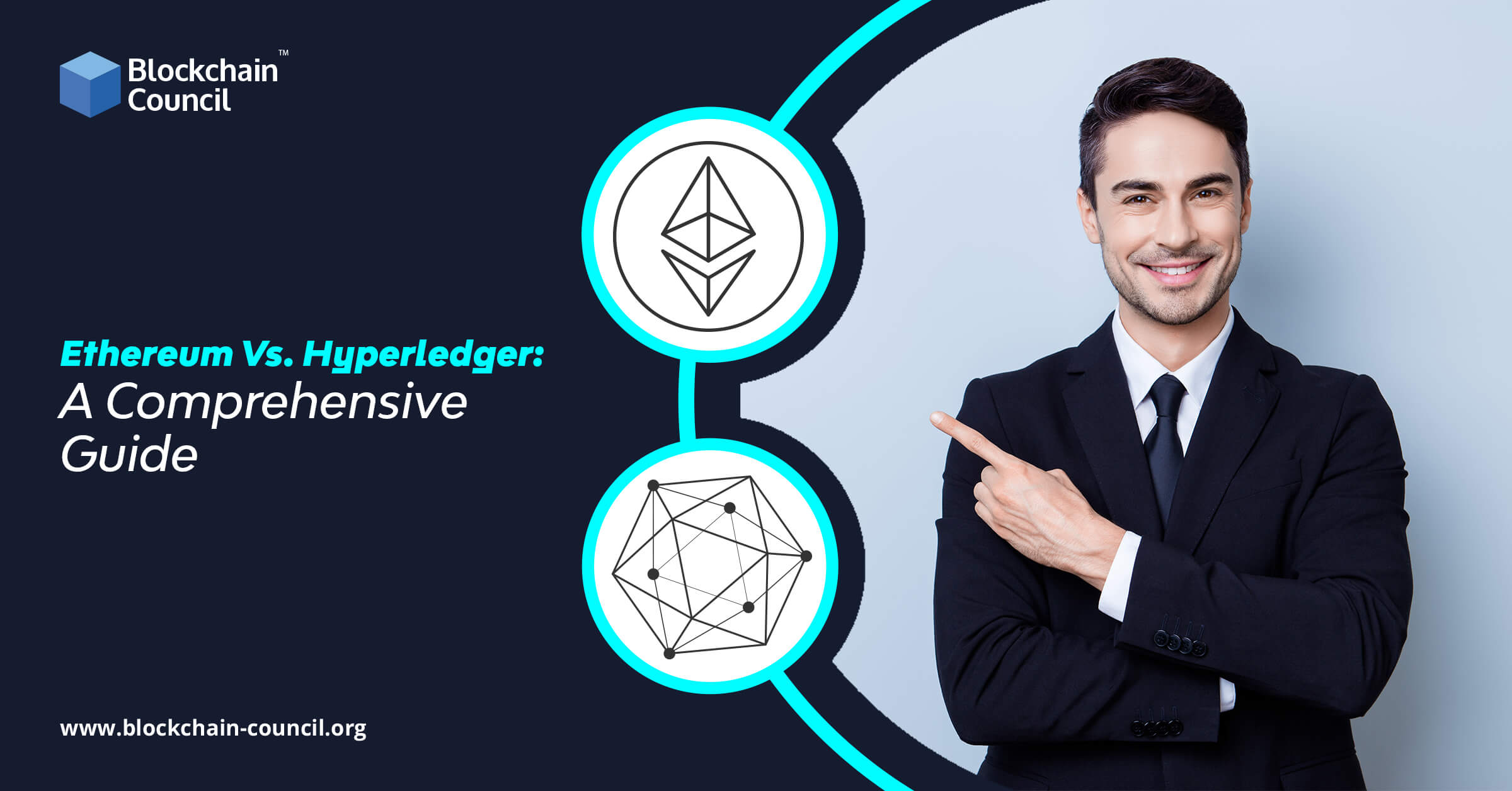
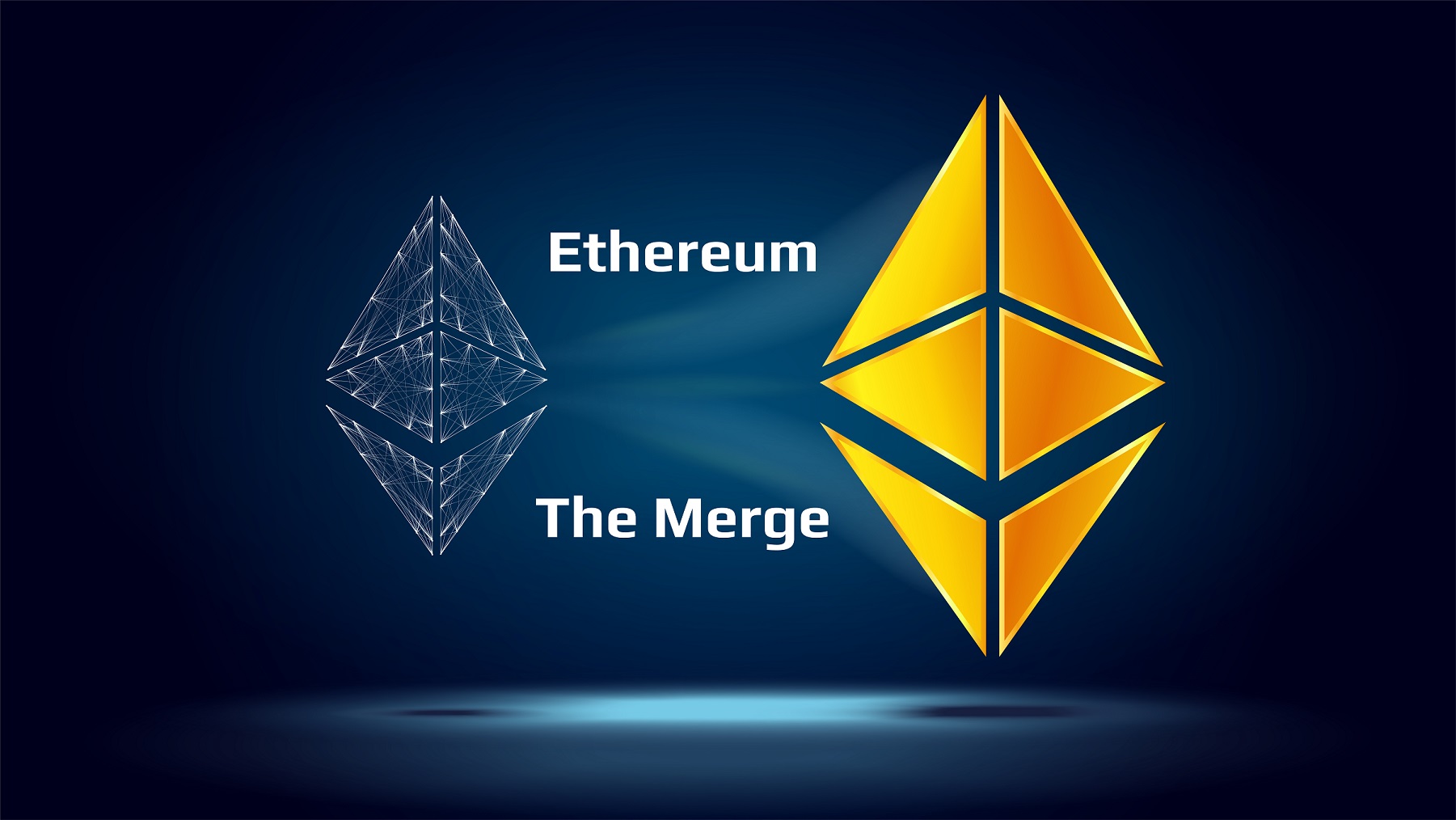
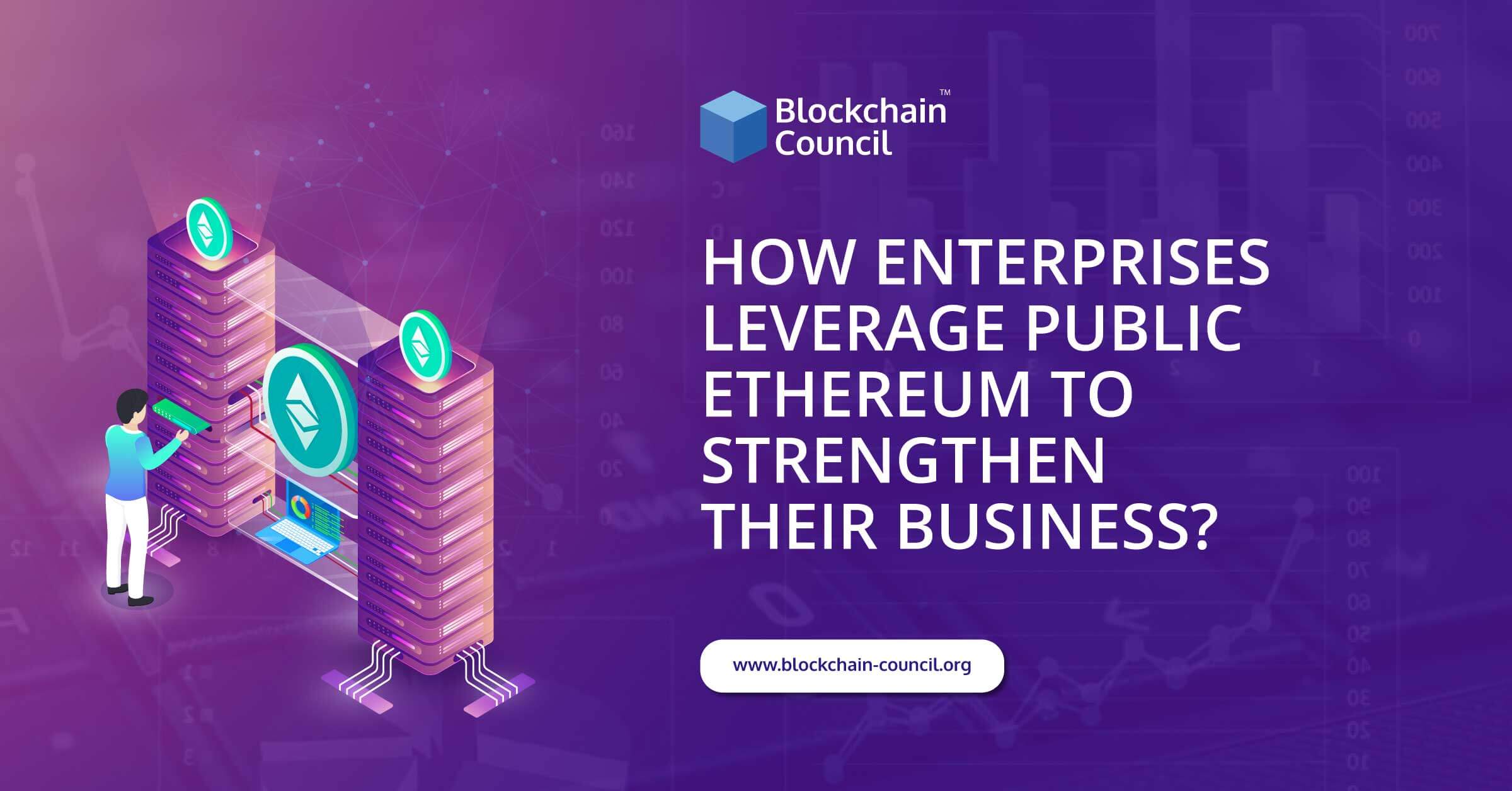
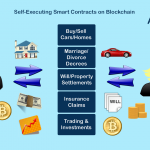
 Guides
Guides News
News Blockchain
Blockchain Cryptocurrency
& Digital Assets
Cryptocurrency
& Digital Assets Web3
Web3 Metaverse & NFTs
Metaverse & NFTs
